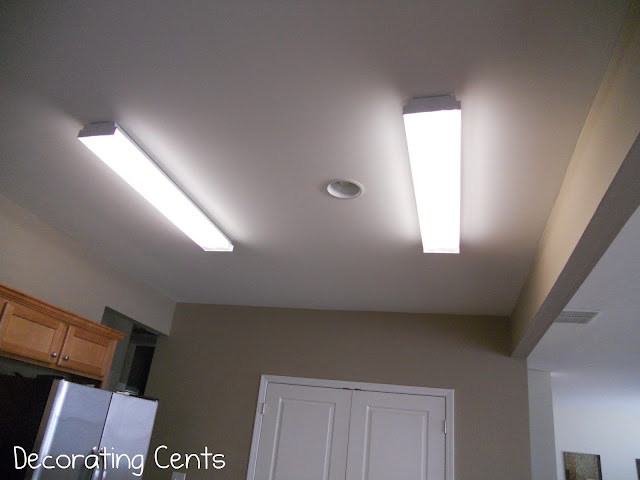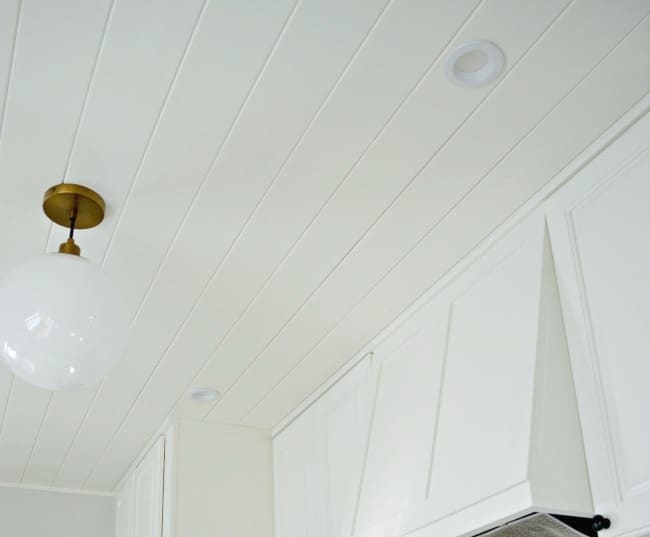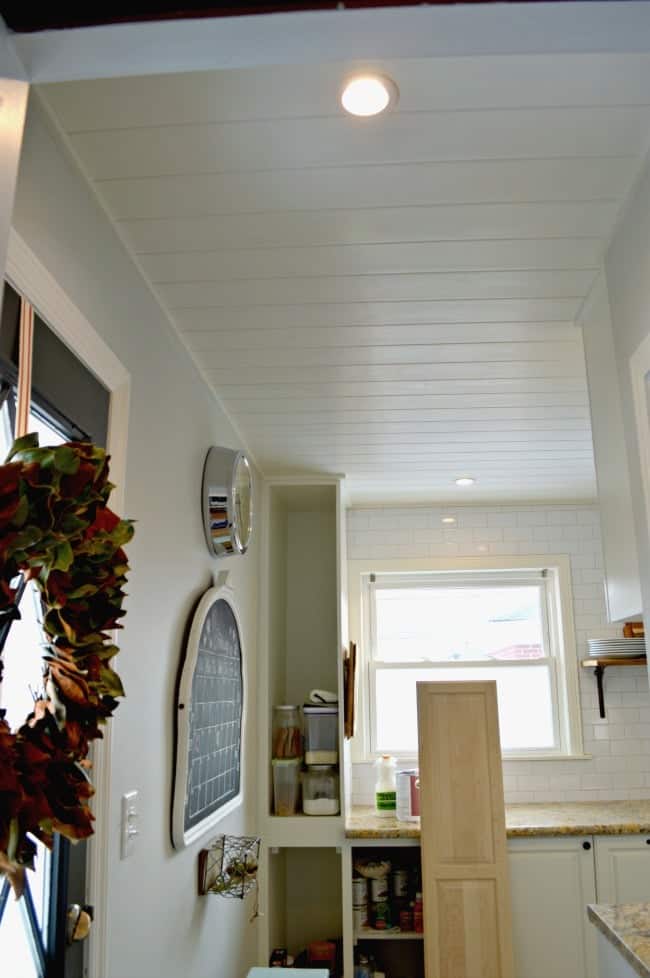Choosing the best size for recessed lights in your kitchen involves a thoughtful consideration of various factors to ensure optimal lighting performance and aesthetic appeal. Recessed lights, also known as can lights or pot lights, provide a clean and modern look while offering flexibility in illuminating different areas of your kitchen. The size of these fixtures plays a crucial role in achieving a balanced and well-lit space.
One key consideration when determining the size of recessed lights is the size of your kitchen itself. Larger kitchens with expansive counter space and multiple work areas may benefit from larger recessed lights to ensure adequate illumination throughout the space. Conversely, smaller kitchens may find that smaller recessed lights are more proportionate and provide sufficient light without overpowering the area.
Ceiling height is another critical factor in choosing the right size for recessed lights. Higher ceilings often require larger fixtures to cast light over a broader area. In contrast, lower ceilings may be better suited to smaller recessed lights that provide focused illumination without overwhelming the space. Consider the scale of your kitchen’s architecture to strike the right balance between form and function.
The layout of your kitchen should guide the placement and size of recessed lights. For open-concept kitchens or those with distinct zones, a combination of different-sized recessed lights can be employed to delineate spaces effectively. Larger lights over the kitchen island or dining area can create a focal point, while smaller lights over countertops offer task lighting for food preparation.

Task lighting is a crucial consideration when selecting the size of recessed lights, especially in the kitchen where precision matters. Larger recessed lights can provide ample ambient lighting, but smaller, strategically placed fixtures are essential for focused task lighting over work surfaces such as countertops, sinks, and stovetops. This ensures that you have sufficient light for activities like chopping vegetables or reading recipes.
The desired ambiance of your kitchen plays a role in determining the size of recessed lights. If you aim for a bright and vibrant atmosphere, larger fixtures with higher lumen output may be preferable. On the other hand, if you prefer a cozy and intimate setting, smaller recessed lights with warmer color temperatures can contribute to a more relaxed ambiance.
Consider the architectural features and decor elements in your kitchen when selecting the size of recessed lights. If your kitchen has architectural details or decorative elements that you want to highlight, larger recessed lights with adjustable trims can be employed for accent lighting. These fixtures can draw attention to features like artwork, architectural niches, or unique backsplashes.
The spacing between recessed lights is a critical aspect of achieving uniform illumination in the kitchen. Larger fixtures typically cover more area, so they may be spaced farther apart. Smaller fixtures, providing more focused light, might require closer spacing. Striking the right balance ensures that you avoid dark spots and shadows while maintaining an even distribution of light across the kitchen.

Consider the wattage and lumen output of the recessed lights to ensure that they meet your lighting needs. Larger lights often accommodate higher wattages and lumen outputs, providing more overall brightness. However, advancements in LED technology mean that even smaller recessed lights can deliver ample light output while remaining energy-efficient, making them a sustainable choice for your kitchen.
The color temperature of the recessed lights is an essential factor in creating the desired ambiance. Warmer color temperatures, around 2700K to 3000K, can contribute to a cozy and inviting atmosphere, suitable for kitchens with a more traditional or rustic aesthetic. Cooler color temperatures, ranging from 3500K to 4000K, can enhance visibility and are ideal for modern or contemporary kitchens.
Consider the trim style of the recessed lights to ensure they complement your kitchen decor. Larger trims can make a bold statement, especially in kitchens with high ceilings and spacious layouts. Smaller, more discreet trims offer a minimalist look that seamlessly blends into the ceiling, allowing other design elements in the kitchen to take center stage.
The type of bulb or lamp used in recessed lights can impact the overall lighting quality. LED bulbs are a popular choice for their energy efficiency, longevity, and versatility in color temperature. Additionally, LEDs generate less heat, making them suitable for confined kitchen spaces. Ensure that the recessed lights you choose are compatible with the type of bulbs you prefer.

To achieve a balanced and visually appealing look, consider incorporating a mix of different-sized recessed lights in your kitchen. Combining larger fixtures for ambient lighting with smaller ones for task and accent lighting allows you to create layers of light that cater to various functions. This layered approach contributes to a well-lit and aesthetically pleasing kitchen environment.
Recessed lights with adjustable features, such as gimbal trims or adjustable heads, offer flexibility in directing light precisely where it’s needed. This is particularly beneficial in kitchens where the layout may change, or where you want to highlight specific areas such as artwork, architectural features, or decorative elements on shelves.
Experiment with different lighting layouts before finalizing your decision on the size of recessed lights. Consider consulting with a lighting designer or using online tools that allow you to visualize how different-sized fixtures will look in your kitchen. This process can help you make informed decisions about placement, spacing, and overall lighting design.
Choosing the best size for recessed lights in your kitchen involves a thoughtful assessment of factors such as kitchen size, ceiling height, layout, task lighting needs, ambiance preferences, and design elements. By carefully considering these aspects, you can select recessed lights that not only provide optimal illumination for your kitchen but also enhance its overall aesthetics and functionality.

Kitchen Lighting Part 1

Bright Ideas for Lighting Your Kitchen – Modernize

kitchen lighting layout – hac0.com Recessed lighting layout, Kitchen lighting layout, Kitchen

Kitchen Renovation: Great Ideas For Small-Medium Size Kitchens Small kitchen lighting, Kitchen

Kitchen Recessed Lighting

Kitchen Recessed Lighting

Twin Recessed Spot Light In Brushed Aluminium – Lighting and Lights UK

Recessed Lights Kitchen Home lighting LightingDeluxe.com

Related Posts:
- Kitchen Cabinet Lights Battery
- Under Cabinet Kitchen Lighting
- Small Kitchen Lighting Layout
- Ferguson Bath Kitchen And Lighting Gallery Roanoke Va
- Galley Kitchen Lighting Layout
- Under Cabinet Lighting Kitchen Halogen
- Best Kitchen Lighting Layout
- Kitchen Counter Drop Lights
- Nautical Kitchen Island Lighting
- Cost To Install Recessed Lighting In Kitchen